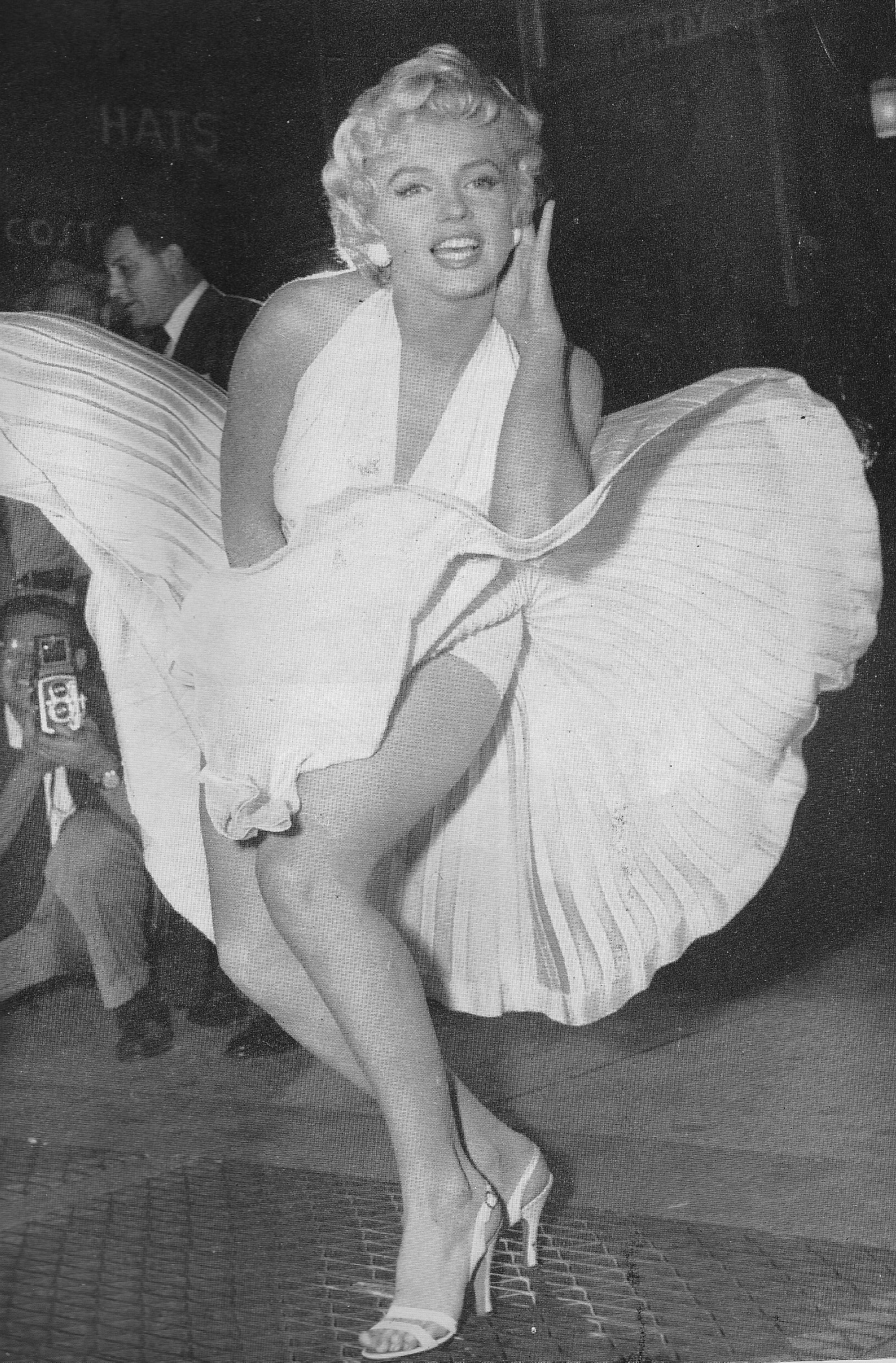‘Upskirt’ photography, as the term suggests, refers to the voyeuristic practice of covertly taking pictures of women under their clothing without their consent or knowledge. These pictures, labeled ‘creepshots’, are generally pictures of a woman’s private areas. They are then widely disseminated via the internet, infamously through sites such as Reddit and 4chan.
In 2014, the legality of upskirt photography was brought into question before the US Courts across three different jurisdictions –Washington DC, Massachusetts and Texas. The first part of this post addresses the American perspective on the issue. It seeks to illustrate how America would rather err on the side of caution and permit the morally reprehensible acts of upskirt photography than curtail free speech. The second portion of the post looks into the Japanese perspective on creepshots, which is the polar opposite. Japan prioritizes women’s safety above free speech concerns. This portion of the post also looks into the curious phenomenon of cellphone manufacturers taking law into their own hands to regulate upskirt photography. I argue that this is a classic example of Lessig’s adage ‘code is law, law is code’. I conclude by extrapolating where India lies on the legal spectrum with regard to regulating upskirt photography.
AMERICA
1. Washington DC
In Washington, a man was arrested for taking photos up ladies’ skirts while they were sitting on the stairs of the Lincoln Memorial. Evidence indicates that he captured ‘photographs of women wearing sheer or form fitting clothing through which the outline of their breasts and buttocks’ were visible. Additionally, the defendant acknowledged that some of the women were ‘seated in such a way that their private areas, including the upper inches of their buttocks’ were clearly visible. Voyeurism as defined under the D.C Code § 22-3531(d) states that “it is unlawful for a person to intentionally capture an image of a private area of an individual, under circumstances in which the individual has a reasonable expectation of privacy, without the individual’s express and informed consent”. The Court ruled that no individual clothed and positioned in such a manner in a public area could have a reasonable expectation of privacy. Justice Juliet McKenna further ruled that since the defendant did not go to ‘extraordinary lengths’ to capture the photos the photos were not voyeuristic in nature. However, Justice McKenna did concede that while the defendant’s actions were ‘repellant and disturbing’ there was no legal basis for arresting him or even asking him to stop.
2. Massachusetts
In March, a man was accused of using his cell phone to take pictures up women’s dresses or skirts while they were travelling in Boston’s public transport system. The offender was charged with voyeurism under Massachusetts ‘peeping Tom’ law. However, in order to press charges, the victim must be nude or partially nude. The Massachusetts Supreme Juridical Court ruled that a female passenger who is wearing a skirt or a dress in the public transportation system could not be said to be ‘partially nude’. Justice Ralph Gants cavalierly remarked that if these pictures were to be construed to depict partial nudity, then the entire courtroom could be said to be a state of undress. While delivering the unanimous verdict, Justice Margot Botsford ruled that the aforementioned women were not in a place and circumstance where they could reasonably harbor an expectation of privacy. The Court observed that charges of voyeurism could not be pressed due to the manner in which the Massachusetts statute was worded.
The very next day, state legislators reacted in a flash and set about rectifying the defects of the statue. They averred that the decision of the Court went against the spirit of the law. The legislators recognized how technology plays a vital role in amplifying the violation by making it susceptible to being disseminated across the internet. The Massachusetts statute as it stands today makes photographing under a person’s clothing a misdemeanor punishable with two and a half years in jail or a fine up to $5,000.
3. Texas
In September, the Texas Court of Criminal Appeals, the State’s highest court for criminal matters, struck down the Texas ‘improper photography’ statute. § 21.15 of the Texas Penal Code punished non-consensual photography which was taken with the intent to arouse or gratify the sexual desire of any person. This provision was being used to punish upskirt photographers. The same was struck down as unconstitutional for being substantially overbroad.
Eugene Volkoh, who acted as amicus in the case, argued that such an overbroad law would have the unintended consequence of quelling free speech. Volkoh argued that the law could be wrongly misused to punish photographers (including journalists) who take pictures with sexual undertones such as ‘gay-pride parades, Halloween celebrations and dance parties’. He averred that § 21.15 could be used to deter photographers of sports figures, cheerleaders or celebrities – subjects who often exude sexual appeal and who may not want to be photographed even in public places. The Court while striking down the provision cited the example of how the law could be easily applied to curtail an entertainment reporter who takes photos of attractive celebrities on the street.
At the same time it should be noted that the Court stated that if the statute had been more narrowly phrased, the same would have mustered constitutional scrutiny. The Court stated that the statute would have been acceptable if it had been phrased as a ban on “taking of a photograph underneath a person’s clothing”. Therefore, in order to ban upskirt photography the onus has now shifted upon the state legislature to draft a more narrow statute.
In conclusion, all the three cases indicate how America’s general reluctance to enact a legislation curbing upskirt photography fearing that it might impinge on other’s civil liberties. In next portion of this post, I shall talk about how Japan harbors no such qualms when it comes to restraining upskirt photography.

